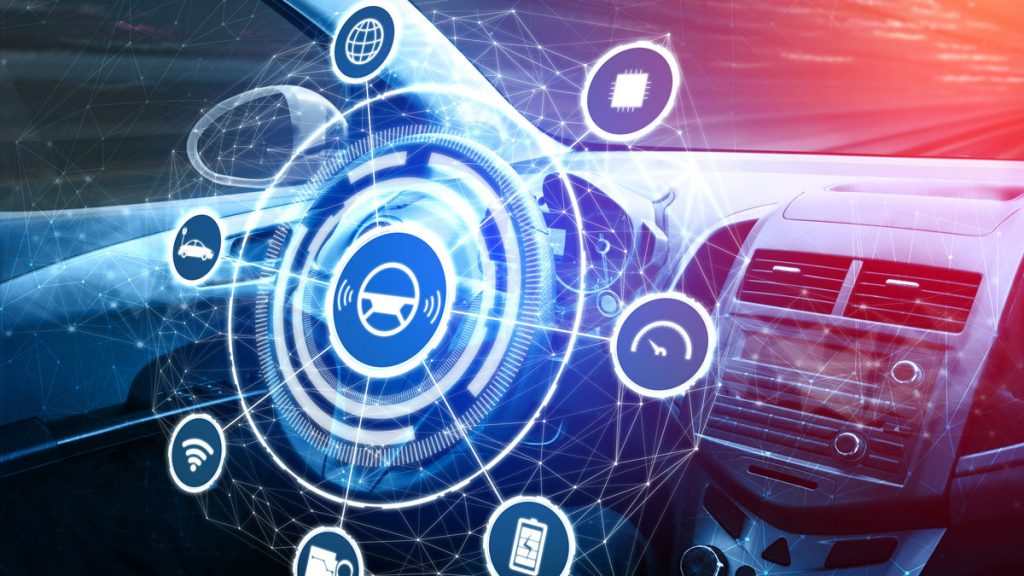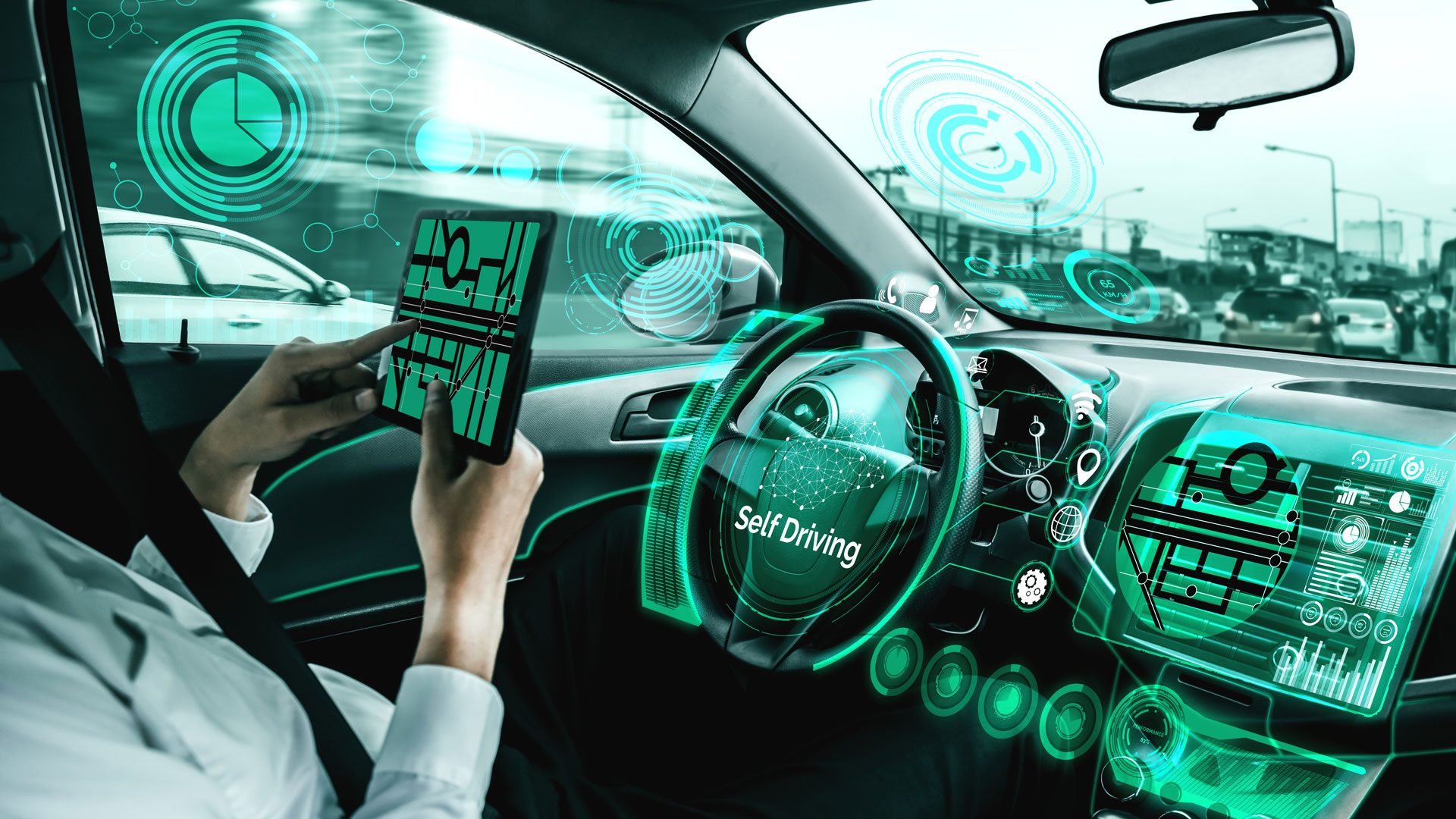Vehicle production is seeing a fresh revolution
COMPILED BY Dyan Seneviratne
The motor industry is experiencing one of the greatest upheavals in its history. Executive Vice President of the Altran Group Pascal Brier sheds light on the four major trends for vehicles of the future – viz. electric, autonomous, connected and new architecture. Here are the main features.
ELECTRIC The first phenomenon to transform vehicles was electric. When it was introduced, experts envisaged specific uses such as public transport. Beating the predictions however, electric cars are emerging as a must-have in all market segments.
This category has numerous technological advantages and its apparent historical weaknesses such as autonomy (600 kilometres for the latest Tesla, for example) or road performance no longer apply.
Indeed, this trend has been greatly reinforced by environmental obligations to reduce particle and greenhouse gas emissions. In the years ahead, increasingly powerful hybrid or electric versions will gradually replace the traditional internal-combustion engine (ICE).
AUTONOMOUS This is the most spectacular revolution. The vehicles of tomorrow will be able to travel without their drivers. “This development will be in stages; we start without feet and then do without hands and eventually without eyes,” says Brier.
So what’s the next step?
One hundred percent autonomy!
Engineers are working to replace human eyes with a multitude of cameras, sensors and lasers, which will reproduce the environment in 3D and enable vehicles to make navigation decisions on their own.

CONNECTED The cars of the future will be fully connected with humans as well as their environment.
In fact, in order to be autonomous and make the right decisions, they must be able to exchange a wealth of information with the outside world such as data regarding traffic, weather, vehicle condition, service stations, accident zones and so on.
Eventually, these cars will be able to communicate with other vehicles through sensors and with infrastructure, which includes roads and buildings. In addition, numerous online services including WiFi, cloud, media and entertainment options will be available to passengers.
NEW ARCHITECTURE The last major change concerns the industry itself. Tomorrow’s factories will be nothing like what they are today. Hardware and software architecture of future vehicles is in the process of being redesigned.
On the one hand, the body is slowly changing to incorporate new technologies such as lightweight composite and 3D printing materials. And on the other hand, numerous smart devices (including computers, cameras, infotainment centres etc.) will have to be connected and integrated, to ensure connectivity and vehicle range.
This means completely overhauling the car’s electronic architecture. Brier asserts: “We are moving from a wired car to a completely separate network architecture that is in the shape of a vehicle.”
So the vehicles of the future to be built according to a new model will be electric, autonomous and connected. This will result in a number of benefits to society – e.g. less pollution, improved safety, more free time and value added services.
In the end, it will be a paradigm shift where cars will perhaps offer less pleasure driving on the open road but provide enhanced transport, safety and connectivity.


